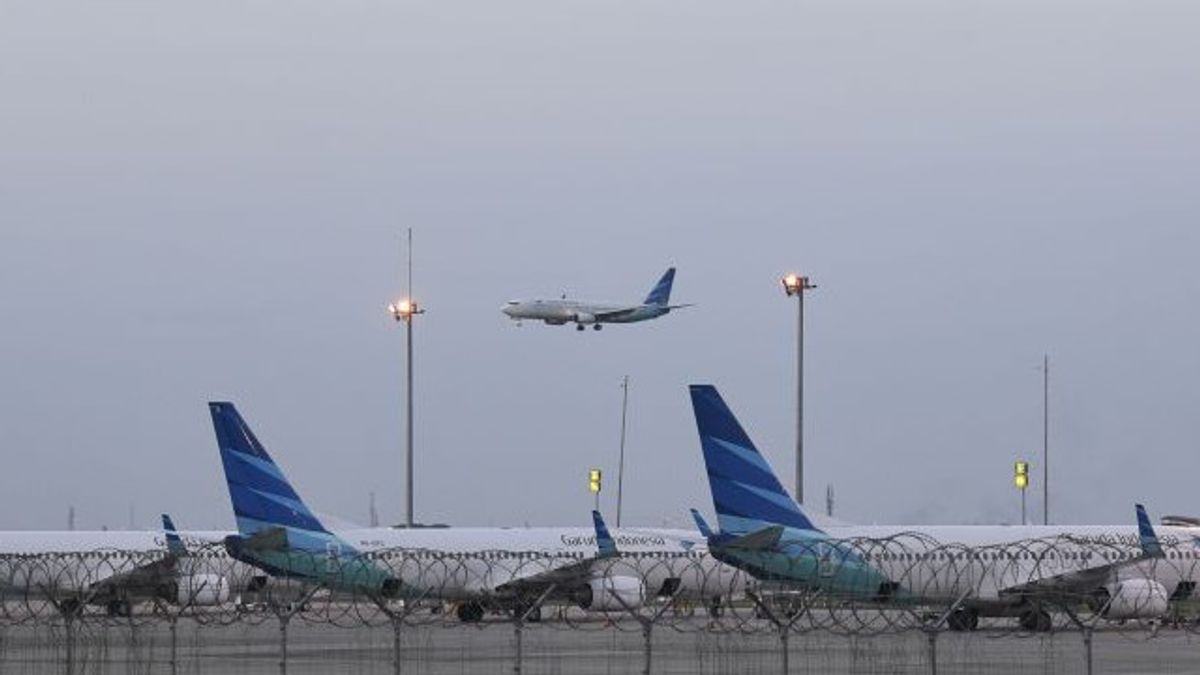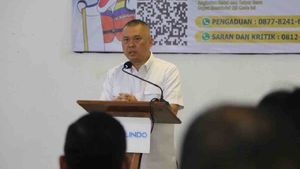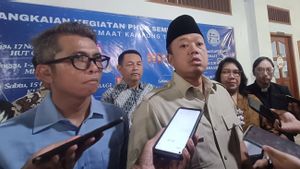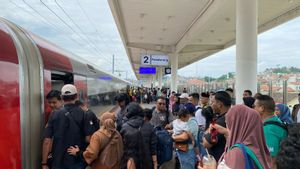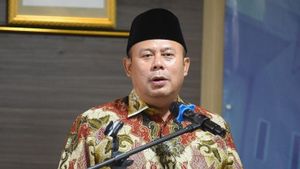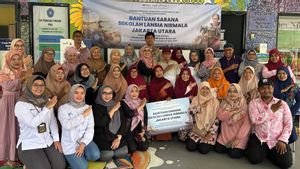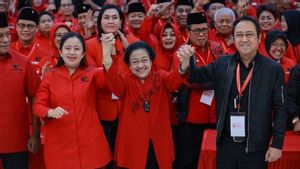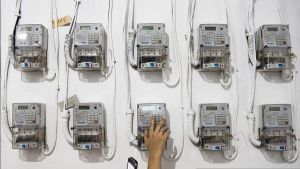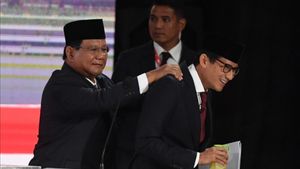JAKARTA - PT Angkasa Pura II (Persero) is committed to the use of new and renewable energy (EBT) by targeting 20 airports to have Solar Power Plants (PLTS) with a capacity of 26.34 MWp by 2025.
"By 2025, it is targeted that all 20 AP II airports will have PLTS with a capacity of 26.34 MWp," said AP II President Director Muhammad Awaluddin in his statement, quoted from Antara, Monday, February 14.
Awaluddin said that the use of EBT in the AP II environment strongly supports the implementation of technology in realizing "smart airports" so as to increase the competitiveness of AP II airports in the Industry 4.0 era.
AP II already has an Eco Airport development master plan for the period 2021-2030. This Eco Airport supports the company's vision to be a "Smart & Connected Airport.
Utilization of EBT at airports within the scope of AP II will use new technology that can be integrated with existing technology.
In the first phase, namely 2021, the use of PLTS installed on the roofs of buildings in a number of buildings at Soekarno-Hatta Airport, Kualanamu Airport and Banyuwangi Airport has been implemented with a capacity of 1.83 MWp (megawatt peak).
The second phase, which is this year, it is planned that the use of Rooftop PLTS will reach 3.78 MWp of EBT. In the third phase, namely 2023-2025, it is planned to use PLTS above the ground (ground mounted) with a capacity of 18.69 MWp and PLTS floating (floating) with a capacity of 1.8 MWp.
Thus, by 2025, 20 AP II airports will have PLTS with a capacity of 26.34 MWp. In utilizing NRE, AP II prepares 3 important aspects, namely human resources, processes and technology.
He said the use of EBT at airports was in line with the agreement between "Airport Council International" (ACI) and all airport operators in the world to support the global program "Net Zero Carbon Emission 2050".
"Airports contribute about 2 percent of carbon emissions from the total global share, so to reduce carbon emissions, airport operators must commit to using new and renewable energy in almost all aspects of operations and services," he said.
In line with this, AP II instills a spirit of environmental concern in the national aviation industry through the use of renewable energy. "We want to continue to contribute to environmental conservation efforts," he said.
"The use of technology and advantages in terms of cost makes the use of EBT able to increase the competitiveness of AP II airports in the Industry 4.0 era," said Awaluddin.
The English, Chinese, Japanese, Arabic, and French versions are automatically generated by the AI. So there may still be inaccuracies in translating, please always see Indonesian as our main language. (system supported by DigitalSiber.id)
